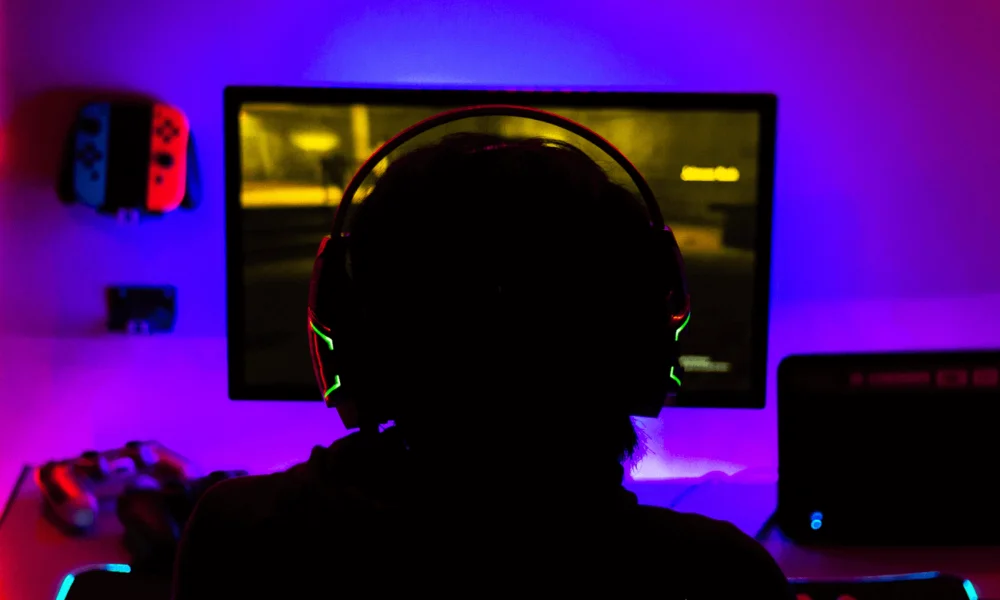In the digital realm of gaming, where storefronts can vanish and physical media degrades, the mission to preserve interactive history is a critical, ongoing effort. For platforms like updates thegamearchives
, an update is far more than a simple list of bug fixes or new titles; it is a testament to a living, breathing project dedicated to saving our digital heritage from the abyss of obsolescence. Each update represents a painstaking process of curation, technical reverse-engineering, and community stewardship. This article delves into the multifaceted nature of an update from TheGameArchives, exploring the significant work that happens behind the scenes to ensure that the games of yesterday remain accessible, functional, and culturally relevant for generations to come.
1. The Technical Triumph: Emulation Enhancements and Compatibility Fixes
The core challenge of game preservation is making old software run on modern hardware it was never designed for. Therefore, the most crucial aspect of any update from TheGameArchives is often found in the under-the-hood improvements to its emulation frameworks. This involves a deep, technical process where developers meticulously refine the software that mimics the behavior of original console hardware—be it a Sega Genesis, Sony PlayStation, or Nintendo 64. An update might include a new dynamic recompiler that dramatically boosts performance for a specific processor, a more accurate graphics plugin that fixes long-standing graphical glitches like texture warping or polygon clipping, or a refined audio core that finally replicates the unique sound of a vintage synthesizer chip. These aren’t mere patches; they are scholarly achievements in digital archaeology, requiring an intricate understanding of decades-old hardware to create a more perfect and authentic experience for the user, ensuring that a classic game not only runs but runs as intended.
2. Expanding the Catalogue: Curated Historical Additions and Discoveries
While technical improvements are vital, the heart of TheGameArchives is its library. An update announcing new additions is always a major event, but the process is far from simply uploading a ROM file. Each new game introduction is an act of curation. The team seeks out and verifies pristine, original dumps of software, often prioritizing titles that are rare, commercially unsuccessful yet historically interesting, or from regions previously underrepresented. An update might feature long-lost prototypes, fan-translated versions of games never officially released in the West, or obscure public domain titles that represent a unique corner of gaming history. Each entry is meticulously documented with accurate metadata—including release year, publisher, developer, genre, and original hardware—transforming the archive from a simple collection into a searchable, scholarly database. This careful, deliberate expansion ensures the archive grows not just in size, but in historical value and educational worth.
3. The User Experience: Interface Modernization and Quality-of-Life Features
Preservation is not just about keeping the games themselves alive; it’s also about ensuring they can be easily discovered and enjoyed by a contemporary audience. Updates to TheGameArchives frequently focus on refining the user interface and adding modern convenience features that remove friction between the user and the history they want to explore. This could involve a comprehensive overhaul of the library browser with advanced filtering options, allowing users to sort by year, genre, or hardware platform with ease. It might include the implementation of save states and rewind functionality—features that were never part of the original hardware but are now standard expectations that make challenging vintage games more approachable. Other quality-of-life improvements could encompass cloud save synchronization across devices, customizable controller profiles for modern gamepads, and integrated scanline filters or shaders that accurately replicate the look of a CRT television. These updates ensure the platform itself remains user-friendly and relevant.
4. Community-Driven Development: Implementing Feedback and Bug Reports
A project like TheGameArchives thrives on its community of passionate users, historians, and collectors. A significant portion of any update is directly shaped by the feedback and bug reports submitted by this dedicated community. When a user discovers a minor graphical artifact in a specific scene of a game or finds that a particular title fails to load under certain conditions, they report it. The development team then investigates, diagnosing whether the issue lies with the game dump itself or the emulation core. This creates a powerful collaborative feedback loop where the community acts as a massive, distributed quality assurance team. An update might list dozens of fixes for specific games, all credited to user reports. This process ensures the archive becomes more accurate and stable over time, embodying a truly collaborative preservation effort where everyone can contribute to safeguarding digital culture.
Conclusion: Updates as a Chronicle of Persistent Preservation
An update from TheGameArchives is never just a routine notification. It is a progress report on a monumental, never-ending mission. It chronicles the relentless pursuit of technical accuracy, the joyful discovery of forgotten artifacts, the thoughtful refinement of user access, and the powerful collaboration of a global community. Each update reaffirms the project’s core philosophy: that video games are a vital form of cultural expression deserving of the same careful preservation and study as literature and film. By supporting and following these updates, we don’t just get access to old games; we participate in an active, ongoing project to ensure the entire spectrum of interactive entertainment is saved from the digital decay of time, remaining playable and appreciated far into the future.

